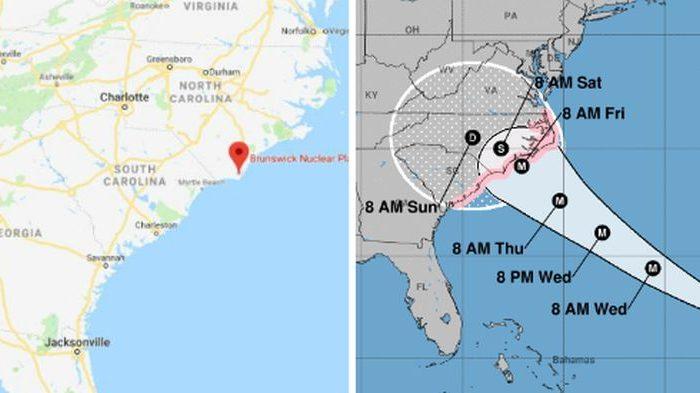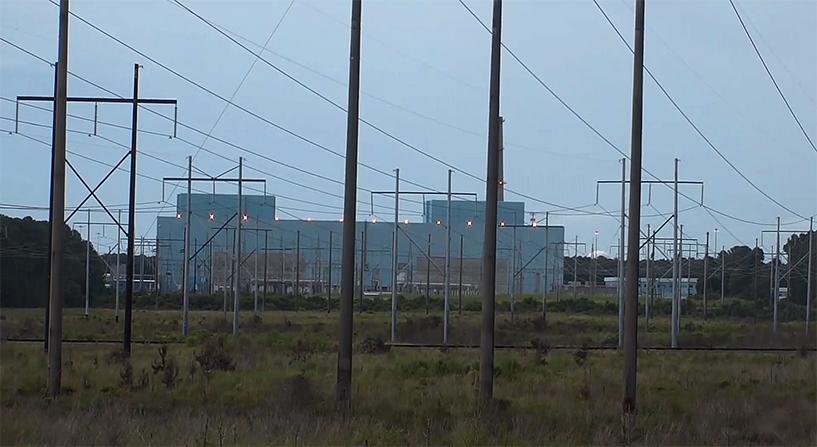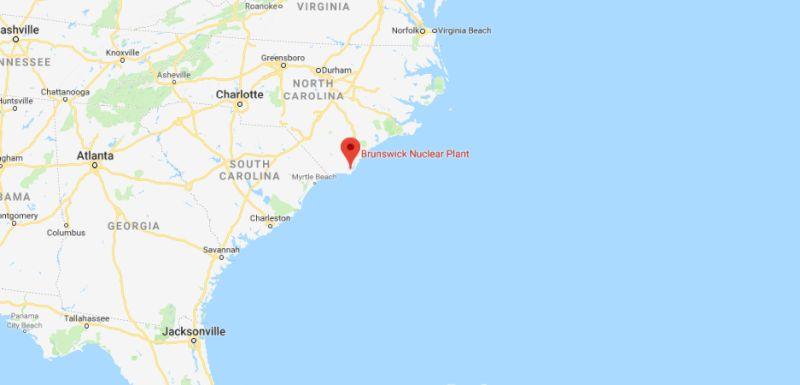Duke Energy has shut down its Brunswick Nuclear Plant as it was directly in the predicted path of Hurricane Florence.
Since Florence is expected to hit with Category 1 winds, the plant has to be shut down two hours before the storm hits, according to federal law.

“Brunswick is closest to the eye, but every reactor exposed to hurricane-force winds will be shut down,” said U.S. Nuclear Regulatory Commission spokesman Joey Ledford told Weather.com. “We’ve got inspectors at every plant.”

“These facilities have proven their ability to withstand hurricanes and provide electricity to homes and businesses as soon as off-site power is restored and the electricity grid can accommodate the power,” he added.

Ready for Storm Surge
A 2004 report from the National Regulatory Commission states that the Brunswick plant is able to survive a storm surge of 22 feet above sea level, the News-Observer reported.The National Advanced Hydrologic Advanced Prediction Service predicted flood levels on Cape Fear near the nuclear plant will reach 24.5 feet on Sept. 17, a foot above the previous record of 23.5 feet, according to Weather.com.
Brunswick plant onsite NRC Inspector Galen Smith, had no worries that the Brunswick plant would survive the storm easily.
“They have everything they need to operate the plant safely,” he told the News-Observer. “It’s just a matter of executing at this point. Even if the storm is bad, they should do fine.”
Smith stated that the reactor buildings at Brunswick are virtually impenetrable, with concrete and rebar walls several feet thick.

Upgraded After Fukushima
The Brunswick Nuclear Plant has two reactors—of the same design as those used at Japan’s Fukushima power plant, which exploded after being hit by earthquakes and floods.After the still unresolved disaster at Fukushima, U.S. regulators demanded that power plant operators upgrade their plants to be better able to withstand earthquakes and flooding.
“The good news is, because of Fukushima, the plant is better prepared,” Dave Lochbaum, director of the Union of Concerned Scientists told the News-Observer. “If it hadn’t been for Fukushima, that vulnerability would not have been identified.”




